Copper recycling and scrap availability. http://dx.doi.org/10.1016/j.resourpol.2007.08.002
Revista : Resources PolicyVolumen : 32
Número : 4
Páginas : 183-190
Tipo de publicación : ISI Ir a publicación
Abstract
Indeed, over the past 10 years, while copper consumption and primary production have continued to expand briskly, while available old scrap has increased by over 35%, secondary production has actually stagnated.
For a world concerned with sustainable development and the quality of the earth’s environment, this performance is disappointing and in need of explanation. Other things being equal, one would expect the amount of recycling to increase with the availability of scrap, as many econometric models of the world copper market developed over the past several decades explicitly assume.
The key to understanding sluggish growth in secondary production, this paper argues, is distinguishing carefully between (1) the flow of old scrap that arrives each year from products reaching the end of their useful lives during the year and (2) the available stock of old scrap that was not recycled during earlier years presumably because it was too costly to do so. Using an econometric model, the paper shows that old scrap stocks, which have contributed most of the increase in available old copperscrap over the years, have a very modest impact on secondary production. Old scrap flows have a much greater effect, but they account for only about 4% of the available old scrap for any given year.




 English
English
